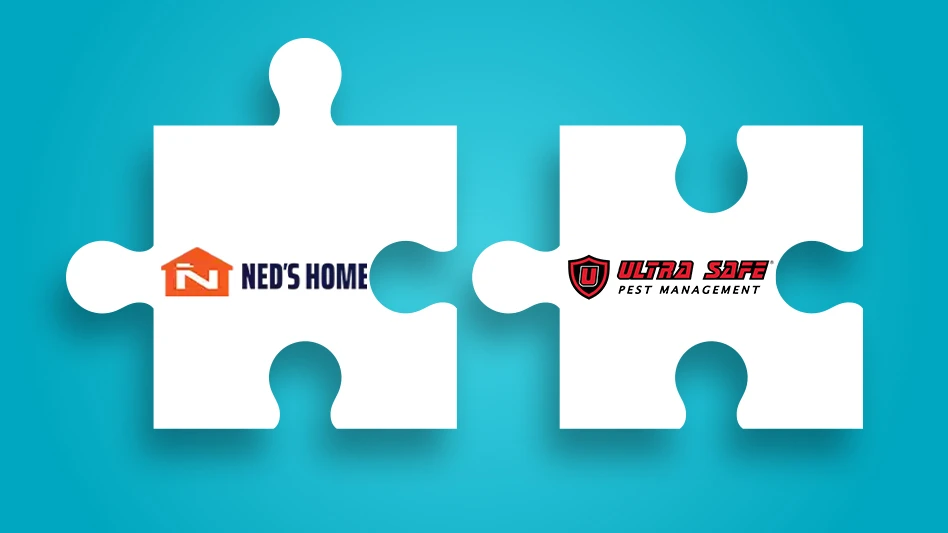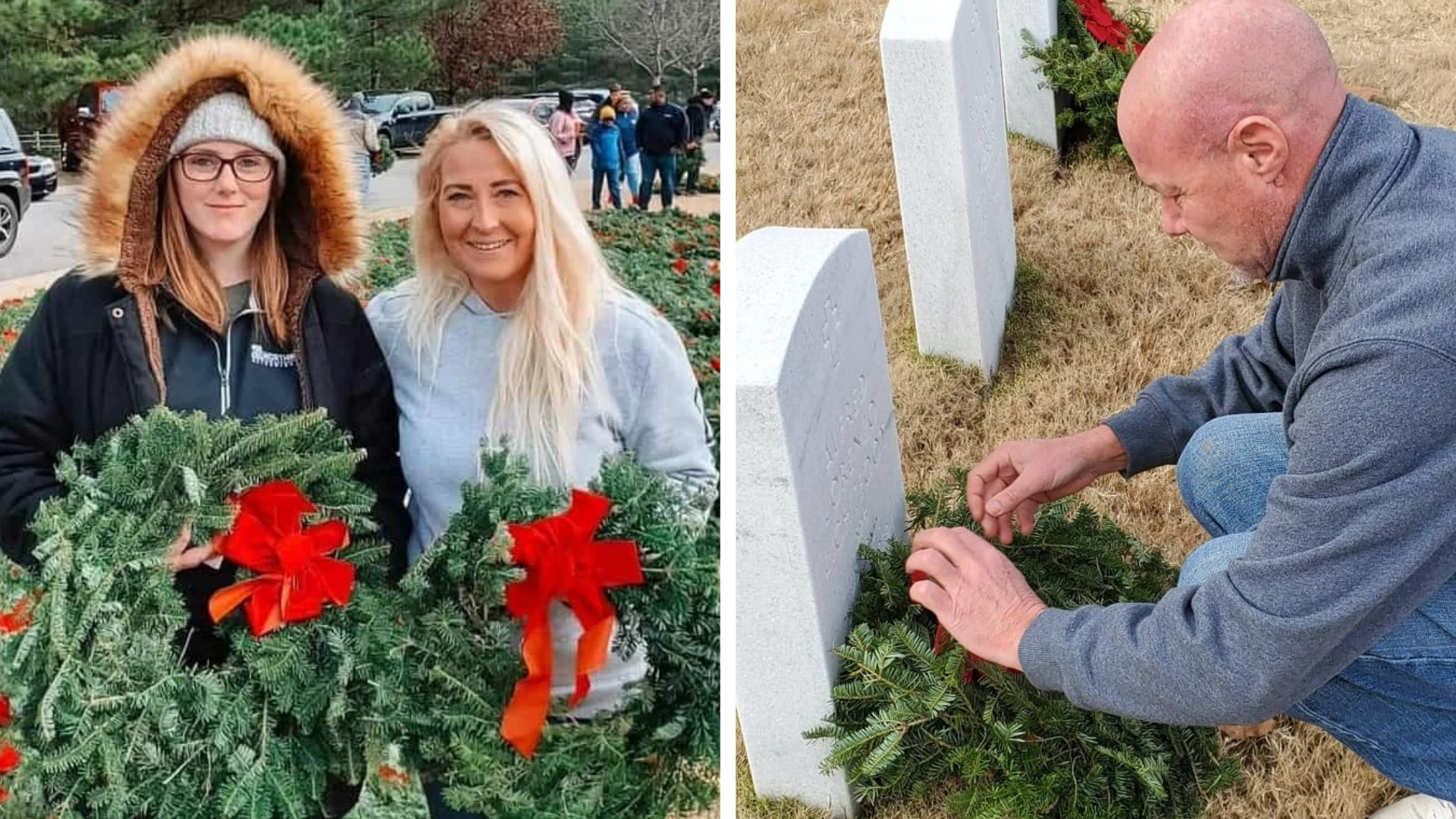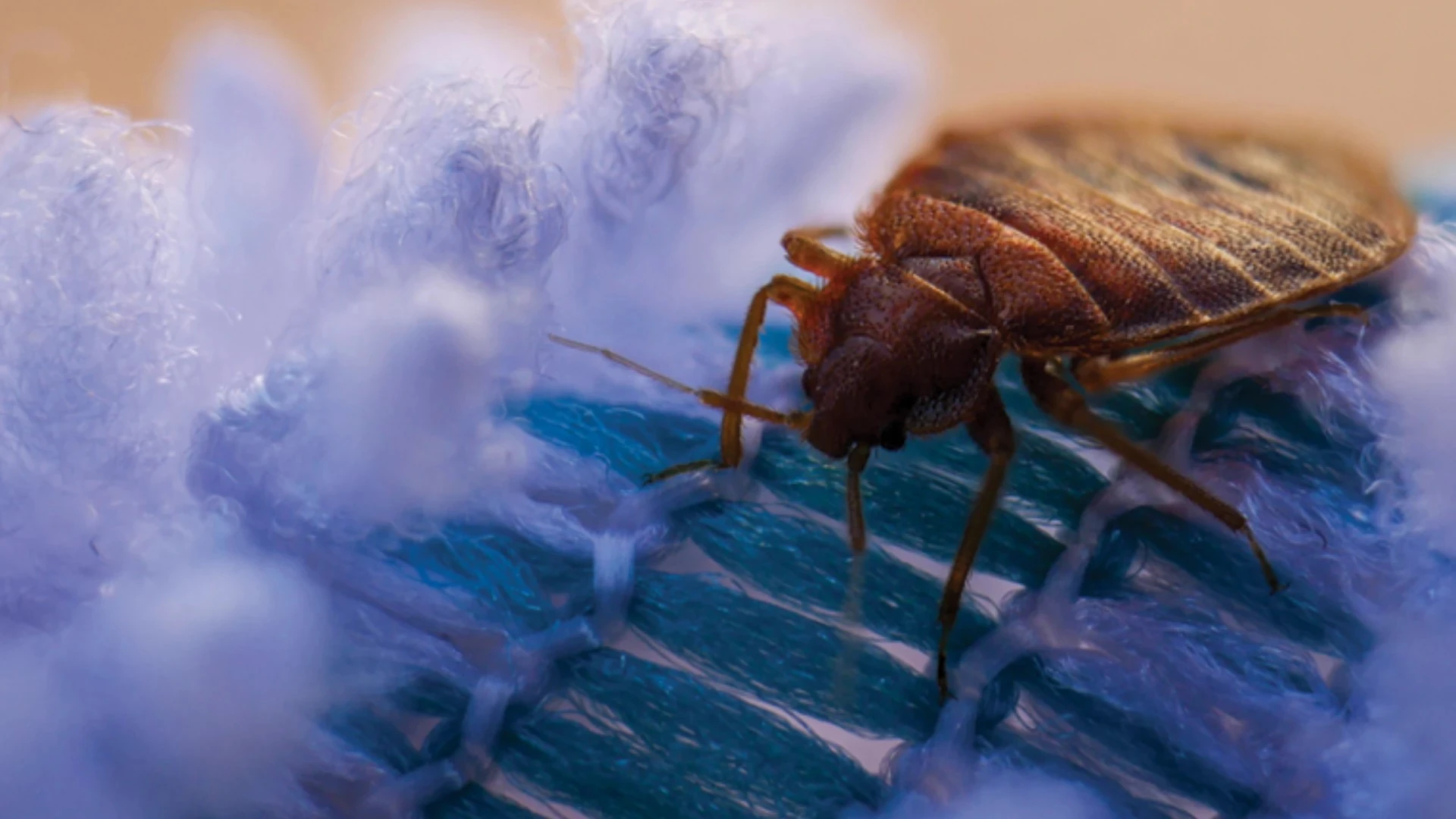I’m sure you would caution your customers to be leery of "off-the-shelf" pest control products, and you should heed the same warnings when it comes to choosing your insurance. Belt tightening is understandable, but cutting corners on insurance can open you up to significant financial risk. This is a specialized industry, and pest management professionals have specialized insurance needs.
One trend the insurance industry is seeing today is due to what we call a "soft" insurance market. The insurance industry moves in cycles, from soft markets when coverage is plentiful and rates are low, to "hard markets," when coverage can be more difficult to find and rates are higher. We are currently in an extended soft market and every year we are seeing insurance carriers enter specialty areas like pest control without having the expertise, experience or commitment to serve your needs.
Talk to your insurance agent to make sure you are working with a carrier who knows your business. Here are some important things to know about your coverage.
General Liability and Limits. General liability insurance is your most important insurance coverage, protecting you and your business from the financial impact of actions taken by customers or others. The basic pest management professional’s liability policy should provide a "care, custody and control" endorsement (endorsements are provisions added to insurance policies) to protect you in case there is any damage to a home or business where you are working. Damage may be to the structure, a piece of furniture, valuable antiques, computers or any other property.
Make sure your policy includes this coverage and remember that not all care, custody and control endorsements are created equal. You want coverage that is not watered down and that has full policy limits. For example, your policy should provide coverage for "personal property" as well as "real property" in your care, custody or control, and this coverage should be for any part of real property or personal property that needs to be replaced because "your work" on it was incorrectly performed.
Another important liability coverage is the pest inspection damage liability coverage. Customer claims related to home inspection usually state that the pest management professional missed either signs of wood-destroying insects or existing damage. These claims can be small or reach six figures for higher-priced homes.
When considering your limits for these and other coverages, remember that for each coverage in your liability policy, you have a specific dollar limit or "sublimit," which is the maximum amount that the policy will pay for that type of loss. The "occurrence" limit you see on the declaration page of your policy does not mean you are covered for that total amount for a specific coverage. For example, while your policy may show an occurrence limit of $1 million, your pest inspection damage liability coverage may carry a sublimit of just $50,000. That’s why it’s important to understand what your limit is for each part of your policy.
Another consideration when looking at your limits is the difference between exemplary and punitive damages. Exemplary damages are fines imposed on you by the state for a negligent act, while punitive damages are additional fines designed to punish you for your actions. Together, these damages can result in very large amounts awarded by the courts, so it’s important to check with the state to see whether these types of claims can be brought against you, and then make sure your policy has adequate coverage to protect you.
Property, Equipment and More. Your commercial property and inland marine policy covers you whether you own your own office building, storefront or even a shed for storage. Get the broadest coverage possible not only for the structure, but for your signs, furniture and whatever other contents you have. Remember, if you want your property replaced, you’ve got to insure at least 80 percent of its value.
Also, in the event that a fire or other disaster damages all or part of your business, consider business interruption coverage for extra expenses and loss of income while you get your business back on its feet.
You may also ask your agent about equipment breakdown coverage, which covers financial losses caused by electrical arcing, mechanical breakdown, power surges, centrifugal force, boiler overheating, and other machinery and system breakdowns. Many equipment breakdowns are excluded from standard policies so find out if you’re protected for direct property loss to repair or replace damaged equipment, extra expense losses when business is interrupted, other expenses incurred to limit the loss or speed business restoration, and the loss value of spoiled products or materials.
Additional insurance policies you need are first and third party dishonesty, protecting you if employees steal from either you or your customers; commercial automobile coverage for your vehicles; workers’ compensation for your employees; and excess and umbrella coverage to provide additional coverage when the limits of insurance on an underlying policy are exceeded.
*****
Pollution and Other Liability Coverage
Most pest control policies rely only on a pesticide herbicide endorsement to provide pollution coverage in the event of a spill or leak at the jobsite. However, you must also consider spills or leaks at your business office, as well as in your truck or other vehicle. Such accidents go beyond the coverage of your pesticide herbicide endorsement and require separate endorsements.
When considering spills in a vehicle, keep in mind that most policies only cover this type of claim if the vehicle is involved in a collision or overturn. It’s important to have an auto transit pollution endorsement that covers leaks and spills of pesticides regardless of a collision or overturn. Also, you are usually going to find sublimits on your pollution endorsement so work with your agent to determine if you have limits you need.
If you work on larger properties, then you may need lost key coverage. This covers you if you or your employees lose keys to a hotel or condo where you do monthly work, a case where the whole building would have to be relocked and keyed. Another coverage required by some of your business customers is blanket additional insured coverage, an endorsement that covers your customer in case they are sued for damage related to your work. Basically, you are adding them as an "additional insured" on your policy.
*****
Claims and Your Carrier. Again, be sure you are working with an experienced carrier that knows your business and is committed to it long term. Also, ask if the carrier is "admitted or "nonadmitted." Admitted carriers are specifically licensed to write certain coverages in your state, while non-admitted (referred to as surplus lines carriers) are not licensed. While surplus lines carriers are able to write coverages in many states, ask your agent whether the insurance carrier is admitted in your state and whether your state requires them to be admitted.
Finally, but certainly not least important, is claims handling. Whether it’s your business liability coverage or home auto coverage, you get to know a lot about your insurer when a claim is filed. As a business owner, the last thing you need are delays, disputes and slow service that can slow your ability to get back to work.
Find out if your insurer has in-house claims service or uses an outside third- party administrator (TPA). Ask about their claims-paying history and philosophy on doing business. The best claims professionals know when to settle and when to fight a claim. They work quickly on your behalf and get you the settlements you need to keep your business strong.
You can get good insurance rates in today’s insurance market, but don’t give up the coverage you need or the financial impact on your business could last longer and be more serious than today’s recession.
The author is program manager of PCOpro, the pest control operator program of the Brownyard Group (www.brownyard.com). He can be reached at jculotta@giemedia.com.

Explore the February 2010 Issue
Check out more from this issue and find your next story to read.
Latest from Pest Control Technology
- Rentokil Terminix Expanded in Key Markets with 2024 Acquisitions
- In Memoriam: Joe Cavender
- Certus Acquires Green Wave Pest Solutions
- Liphatech Adds Alex Blahnik to Technical Team
- Do the Right Sting: Stinging Insect Identification, Management, and Safety
- VAGA's 8th Annual Veterans Thanksgiving Appreciation Dinner
- Clark's Blair Smith on the Response to Increased Dengue Fever Cases in Southern California
- WSDA, USDA Announce Eradication of Northern Giant Hornet from U.S.





